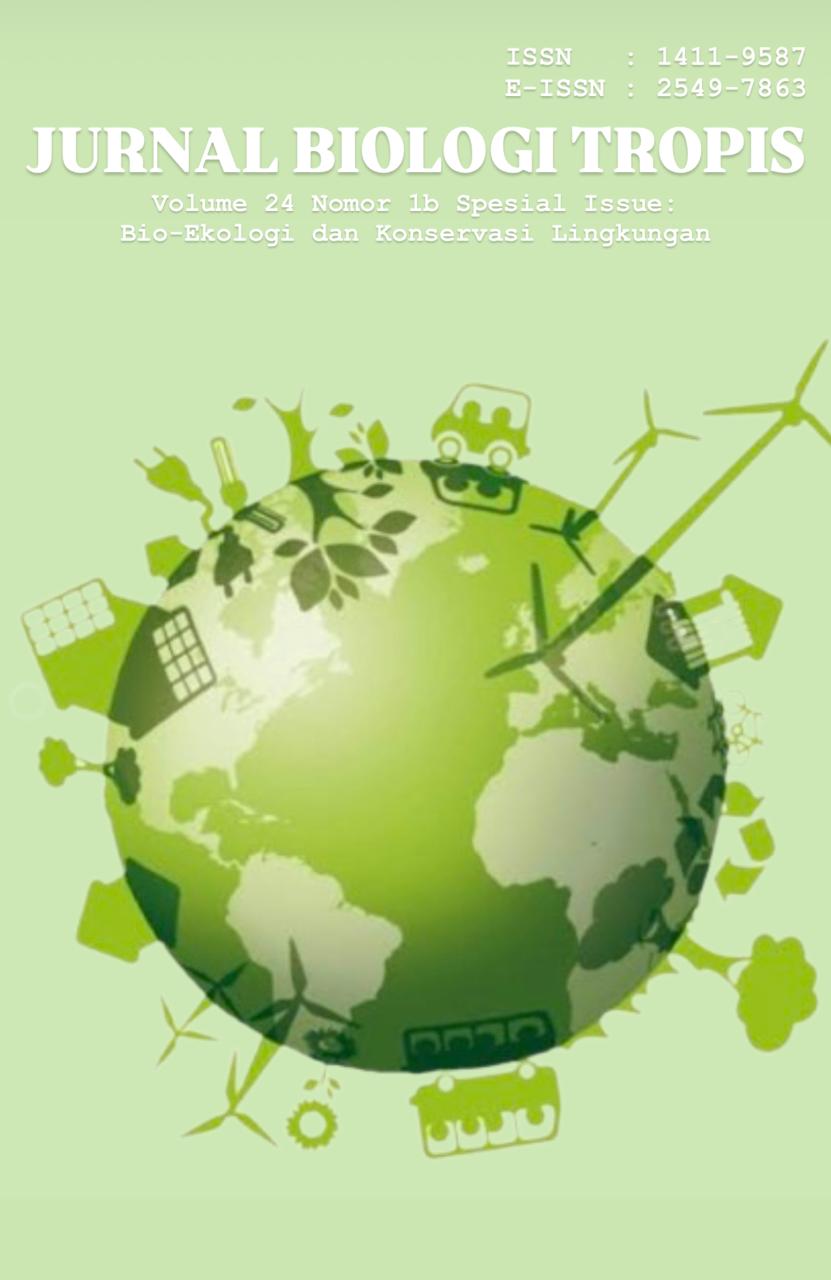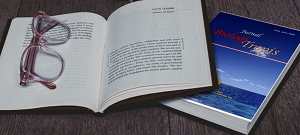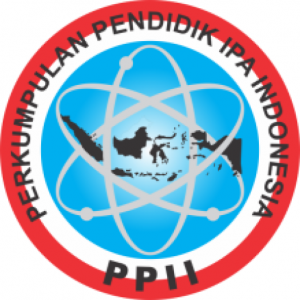Analysis of Vegetation’s Ability to Reduce Noise in Udayana Urban Forest
Authors
Yeni Rahmawati , Kornelia Webliana B , Febriana Tri WulandariDOI:
10.29303/jbt.v24i2b.8157Published:
2024-12-30Issue:
Vol. 24 No. 2b (2024): Special IssueKeywords:
Noise, Vegetation, Udayana Urban ForestArticles
Downloads
How to Cite
Downloads
Metrics
Abstract
Mataram City, the capital city of West Nusa Tenggara Province, is experiencing rapid development which has an impact on increasing noise in urban areas. This study aims to analyze the ability of vegetation to reduce noise in the Udayana Urban Forest. This study uses a quantitative descriptive method, with location selection using purposive sampling. Noise reduction measurements using a Sound Level Meter at four observation points with variations in canopy cover and the distance variable of vegetation from the noise source. This study shows that vegetation has an essential role in reducing noise, with a noise level reduction value in the open dominance area of the eastern area of 8.2 dBA and the western area of 8.7 dBA. At a sparse vegetation density level, a decrease of 6 dBA in the western and eastern areas is constant. At a moderate vegetation density level, a decrease of 4.5 dBA in the western and eastern areas, the noise value is constant. In vegetation with high/dense density, there was a decrease of 5.9 dBA in the eastern and western areas of 7.1 dBA. Based on the distance variable, noise reduction in the open dominance area decreased by 6.1 dBA in the eastern area and 6.7 dBA in the western area. In areas with sparse vegetation density, there was a decrease of 6.8 dBA in the East and 6 6.0 dBA in the West. For moderate vegetation density, there was a decrease of 6.4 dBA in the East and 6.1 dBA in the West. In areas with high/dense vegetation density, there was a decrease of 3.6 dBA in the East and 4.4 dBA in the West. The regression analysis results showed that canopy cover and distance significantly affected noise levels with a strong relationship, where the denser the canopy cover and the farther the distance, the noise level would decrease.
References
Ahmad, Z., Aji, I. M. L., & Anwar, H. (2023). Pendugaan Cadangan Karbon pada Ruang Terbuka Hijau Kota Mataram. Journal of Forest Science Avicennia, 6(2), 125-133. DOI: https://doi.org/10.22219/avicennia.v6i2.23140
Ayudya, D. R., Herlinda, S., & Suwandi, S. (2019). Insecticidal activity of culture filtrates from liquid medium of Beauveria bassiana isolates from South Sumatra (Indonesia) wetland soil against larvae of Spodoptera litura. Biodiversitas Journal of Biological Diversity, 20(8). DOI: https://doi.org/10.13057/biodiv/d200802
Balirante, M., Lefrandt, L. I. R., & Kumaat, M. (2020). Analisa Tingkat Kebisingan Lalu Lintas Di Jalan Raya Ditinjau Dari Tingkat Baku Mutu Kebisingan Yang Diizinkan. Jurnal Sipil Statik, 8(2): 249–256.
Djamaluddin, R. (2018). Mangrove-biologi, ekologi, rehabilitasi, dan konservasi.
Direktorat Lalu Lintas Polda NTB. (2022). Laporan Statistik Kendaraan Bermotor di Provinsi Nusa Tenggara Barat. Mataram: Direktorat Lalu Lintas Polda NTB.
Hamidun, M. S., Baderan, D. W. K., & Malle, M. (2021). Efektivitas Penyerapan Kebisingan oleh Jenis Pohon Pelindung Jalan di Provinsi Gorontalo. JURNAL ILMU LINGKUNGAN, 19 (3), 661–669, doi:10.14710/jil.19.3.661-669
Kementerian Lingkungan Hidup. (1996). Keputusan Menteri Negara Lingkungan Hidup Nomor 48 Tahun 1996 tentang Baku Tingkat Kebisingan. Jakarta: Kementerian Lingkungan Hidup.
Koto, A. G., & Taslim, I. (2019). Kajian Ruang Terbuka Hijau Kampus Universitas Muhammadiyah Gorontalo Menggunakan Foto Udara Drone. Jurnal Media Komunikasi Geografi 19(2): 153.
Musfiroh, A. A. (2019). Analisis Kemampuan Vegetasi Dalam Penyerapan Karbon Dioksida (CO2) Di Alun-Alun Lamongan. UIN Sunan Ampel Surabaya, Surabaya.
Nurjaman, D., Kusmoro, J., & Santoso, P. (2017). Perbandingan Struktur dan Kompoarea Vegetasi Kawasan Rajamantri dan Batumeja Cagar Alam Pananjung Pangandaran, Jawa Barat. Jurnal Biodjati, 2(2), 167-179.
DOI: https://doi.org/10.15575/biodjati.v2i2.1304
Pujiadi, P. (2020). Karakteristik Jalur Hijau Dalam Meredam Kebisingan Di Permukiman Sekitar Jalan Tol Jagorawi. (Thesis, Fakultas Kehutanan, Institut Pertanian Bogor). Bogor.
Putra, A. (2018). Analisis kerapatan vegetasi sebagai indikator kualitas lingkungan pada ruang terbuka hijau. Jurnal Ekologi Tropis, 13(2), 67–75.
Putra, I., Santoso, M., & Wijaya, H. (2020). Pengaruh tutupan tajuk terhadap mitigasi perubahan iklim di ruang terbuka hijau perkotaan. Jurnal Ekologi Perkotaan, 11(2), 89-101.
Putri, A., & Natalia, R. (2022). Kemampuan tanaman dengan struktur tajuk rimbun dalam menyerap kebisingan: Studi pada pucuk merah. Jurnal Ekologi Perkotaan, 10(2), 115–123.
Prasetyo, A. N. (2020). Panti Asuhan Nuansa Alam Berbasis Pendidikan Non Formal Pertanian Di Temanggung (Doctoral dissertation, Universitas Katolik Soegijapranata Semarang).
Rahman, A., Kusuma, A., & Hartanto, Y. (2020). Pengaruh vegetasi terhadap mitigasi polusi udara di wilayah perkotaan. Jurnal Ekologi dan Lingkungan, 12(2), 109-122. DOI: http://digilib.unila.ac.id/id/eprint/62982
Rahman, S. H., Wunas, S., & Osman, W. W. (2020). Pengaruh Ketersediaan Ruang Terbuka Hijau Terhadap Tingkat Kebisingan di Perumahan Sepanjang Jalan Lokal Primer, Kota Makassar. Jurnal Wilayah dan Kota Maritim 8 1:1–9. DOI: https://doi.org/10.20956/jwkm.v8i1.1162
Resiana, F., Lubis, M. S., & Siahaan. (2014). Efektifitas penghalang vegetasi sebagai peredam kebisingan lalu lintas di kawasan pendidikan jalan Ahmad Yani Pontianak. 1–10. DOI: https://doi.org/10.26418/jtllb.v3i1.9290
Ruwaidah, E. (2016). Identifikasi pemanfatan ruang pada koridor Jl. Langko-Pejanggik-Selaparang ditinjau terhadap RTRW Kota Mataram. Jurnal Sangkareang Mataram 2: 28–32. http://www.untb.ac.id
Saputra, R., & Hidayat, F. (2021). Analisis kemampuan vegetasi dalam mengendalikan kebisingan dan iklim mikro pada taman kota di Jakarta. Jurnal Arsitektur Lanskap, 9(2), 45–56. DOI: http://repository.uir.ac.id/id/eprint/12594
Satwiko, P., Prasetya, A., & Suhedi, F. (2019). Noise-reducing vents for windows in warm, humid, tropical countries. Architectural Engineering and Design Management, 15(2), 141-158. DOI: https://doi.org/10.1080/17452007.2018.1488675
Sugiarto, B., & Dewi, L. (2023). Aktivitas insektisida Beauveria bassiana pada ekosistem rawa: Studi pengendalian hayati berbasis mikroba. Jurnal Mikrobiologi Tropis, 12(1), 25–34. DOI: http://digilib.unila.ac.id/id/eprint/75789
Sugiyono. 2012. Metode Penelitian Kuantitatif, Kualitatif, dan R&D. Alfabeta. Bandung. https://sabajayapress.co.id
Susanto, A., & Wijaya, R. (2021). Hubungan antara persepsi pengguna ruang terbuka hijau dan keberadaan vegetasi di Alun-alun Kota Madiun. Jurnal Perencanaan Wilayah, 17(4), 89–98.
Suwandi, A., Rahmawati, L., & Prasetyo, B. (2019). Pengaruh struktur vegetasi terhadap pengurangan tingkat kebisingan di ruang terbuka hijau perkotaan. Jurnal Ekologi Perkotaan, 7(3), 45–53.
License
Copyright (c) 2024 Yeni Rahmawati, Kornelia Webliana B, Febriana Tri Wulandari

This work is licensed under a Creative Commons Attribution 4.0 International License.

Jurnal Biologi Tropis is licensed under a Creative Commons Attribution 4.0 International License.
The copyright of the received article shall be assigned to the author as the owner of the paper. The intended copyright includes the right to publish the article in various forms (including reprints). The journal maintains the publishing rights to the published articles.
Authors are permitted to disseminate published articles by sharing the link/DOI of the article at the journal. Authors are allowed to use their articles for any legal purposes deemed necessary without written permission from the journal with an acknowledgment of initial publication to this journal.


























